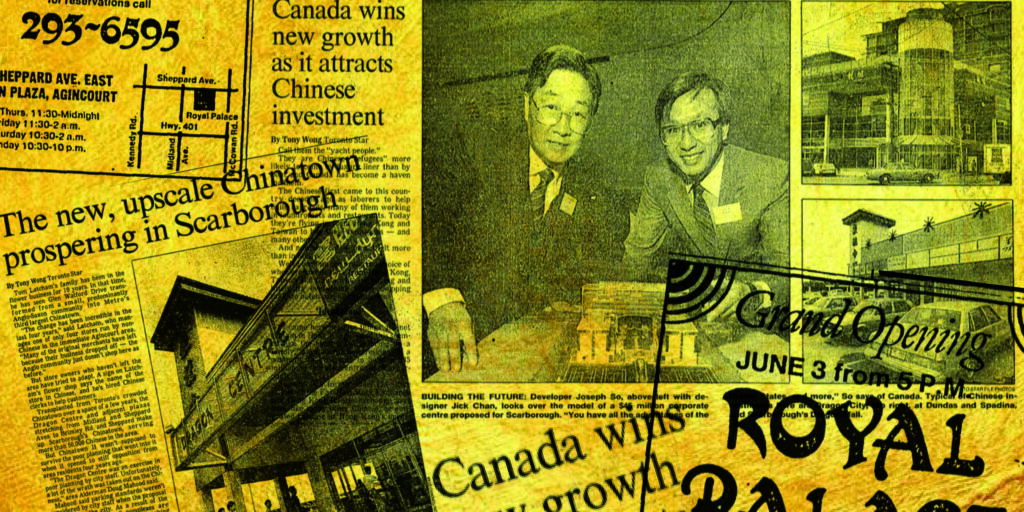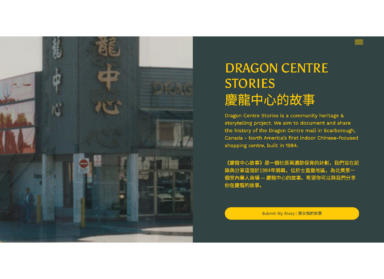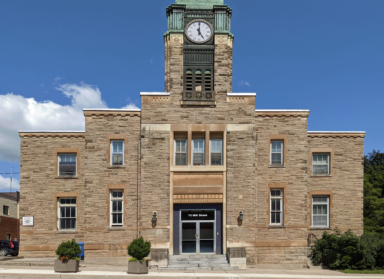Opened in 1984 in Agincourt, Scarborough, Dragon Centre was North America’s first indoor Chinese mall. Its developers — brothers Daniel and Henry Hung, originally from Hong Kong — adapted an old roller-skating rink into a mall serving the Greater Toronto Area’s growing Chinese-Canadian population. Combining Hong Kong’s dense commercial markets and the big box North American shopping mall, Dragon Centre was a retail centre providing Chinese goods that, at the time, could otherwise only be purchased in Toronto’s downtown Chinatowns. More than a collection of stores, the mall was a major cultural hub for the Chinese-Canadian community. It served as a catalyst for the development of what many identified as “Scarborough’s Chinatown,” a hub among other Chinese malls and plazas that sprung up in the Agincourt area in the following years. Even though it created new economic opportunity in the community, its development also triggered a racist backlash in the surrounding neighbourhood due to the municipality’s inadequate planning around parking.
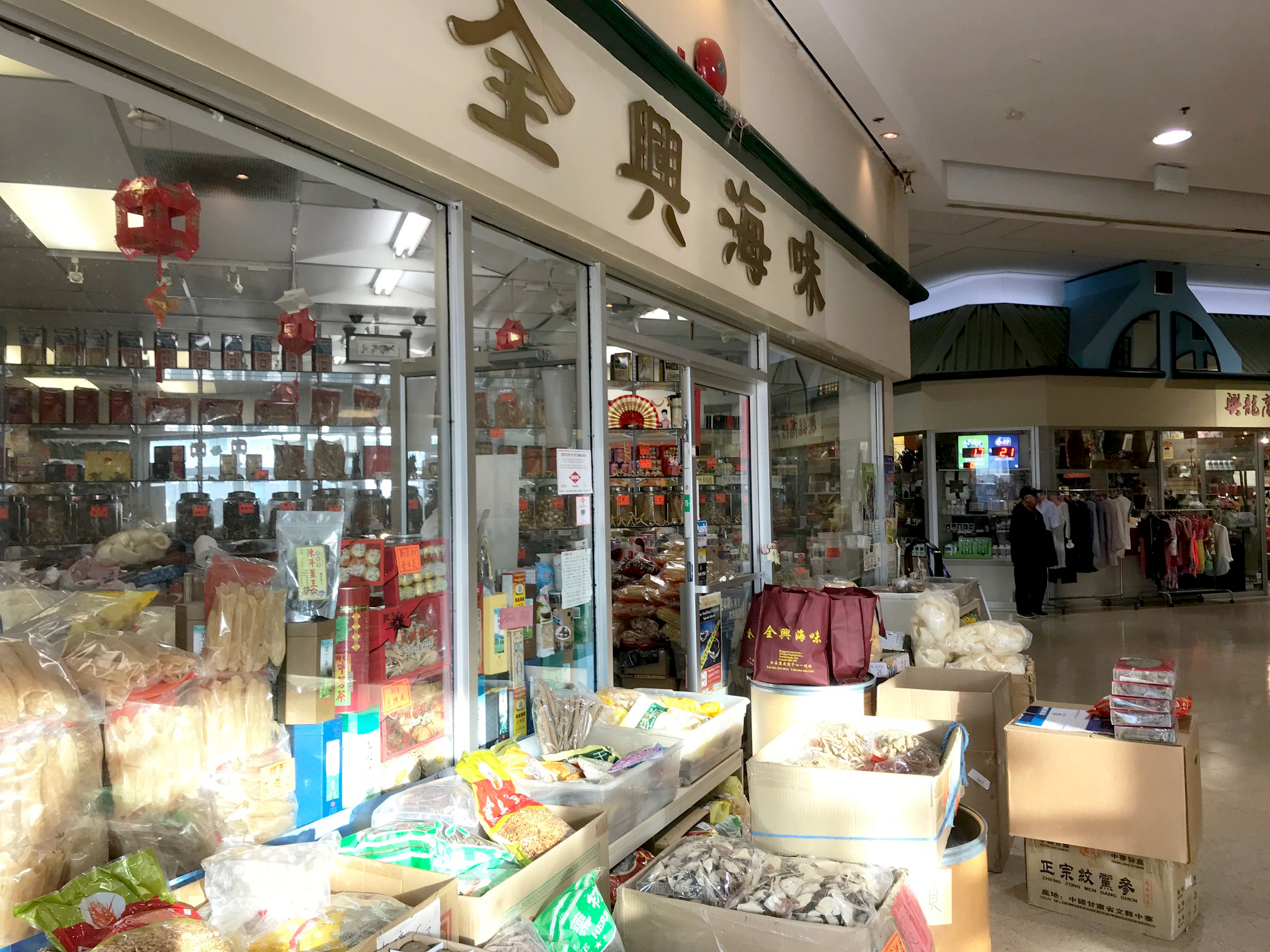
In October 2019, in anticipation of the mall’s redevelopment, a group of collaborators hosted a commemoration and story-sharing event at the mall. Over 100 people came to remember, honour, and process the pending loss of Dragon Centre and its place in Scarborough’s history. The group included Howard Tam of ThinkFresh Group and Eat More Scarborough Food Tours; Erica Allen-Kim of the Daniels School of Architecture (U of T) and her students; photographer Morris Lum; the School of Cities (U of T); Myseum of Toronto; Camille Bégin, who works at Heritage Toronto, and who has, as an independent researcher, written about the mall, the developers, Shiupong, and ERA Architects.

The event and ongoing story collection through the Dragon Centre Stories website, intersects with and draws from a web of academic research, artistic investigation, professional practice, and deep personal connections to the mall.
In the field of heritage conservation, Dragon Centre is helping us consider the scales at which we need to think and collaborate to understand cultural heritage in the suburbs and in retail contexts. Dragon Centre connects to complex issues related to global patterns of migration and the economics of settlement (what author Doug Saunders refers to as an Arrival City); it is also a neighbourhood mall that cannot be understood without engaging its community of users, what it represents to them, and listening to their lived experiences and needs. This is how we can learn from and build multi-cultural cities that truly support communities.
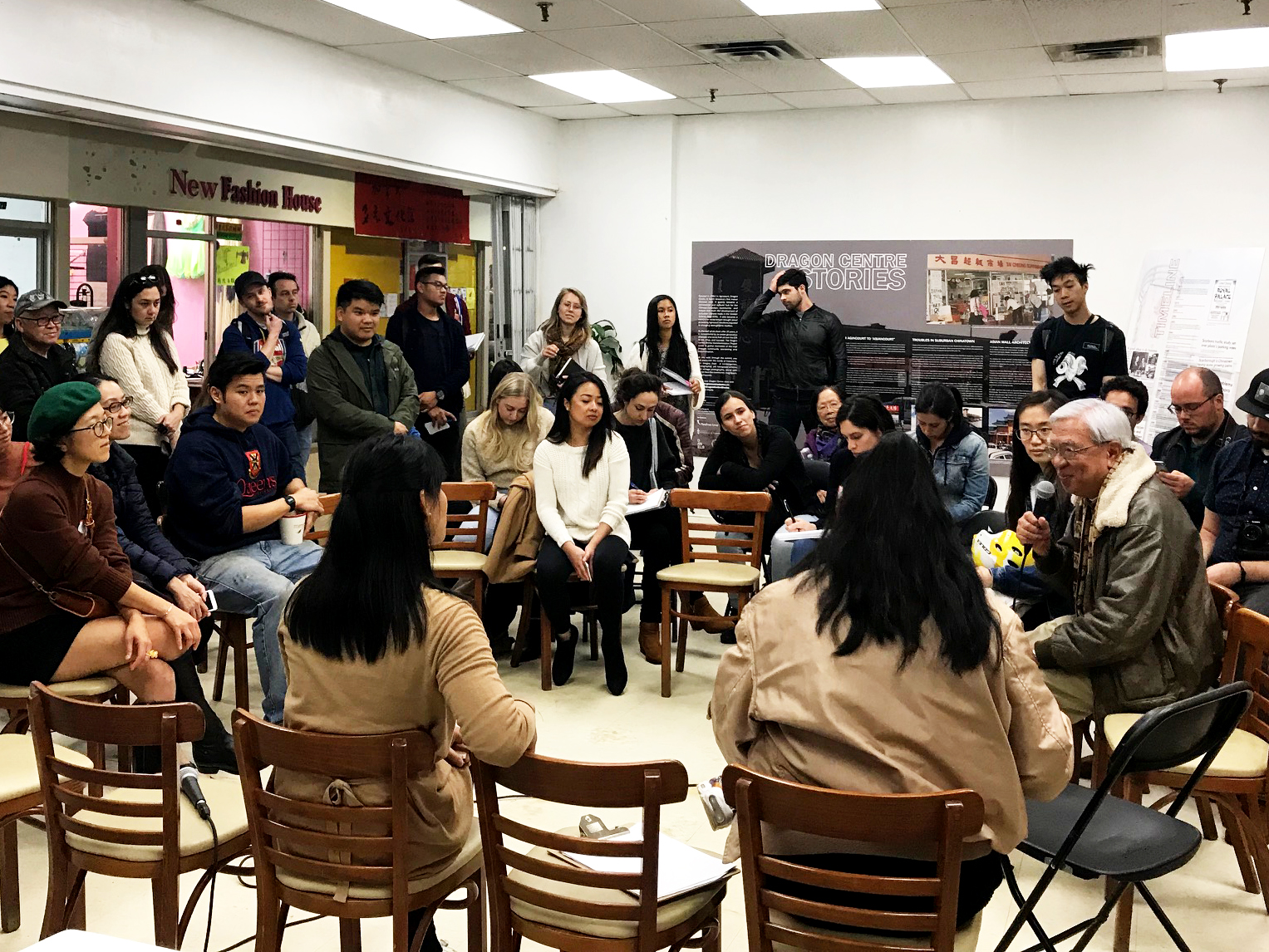
As part of the ongoing Dragon Centre Stories project, we want to support two interrelated ways forward, both developed and championed by many others. The first is a commitment to dialogue at all levels of our work in the interrelated fields of heritage conservation and planning. We thank Professor Zhixi Zhuang for her work in this area and sharing her thoughts with us. Community stories need to be told and understood at decision-making tables. This is a way to co-create planning solutions and to make better policy. This is how we connect planning to the reality on the ground.
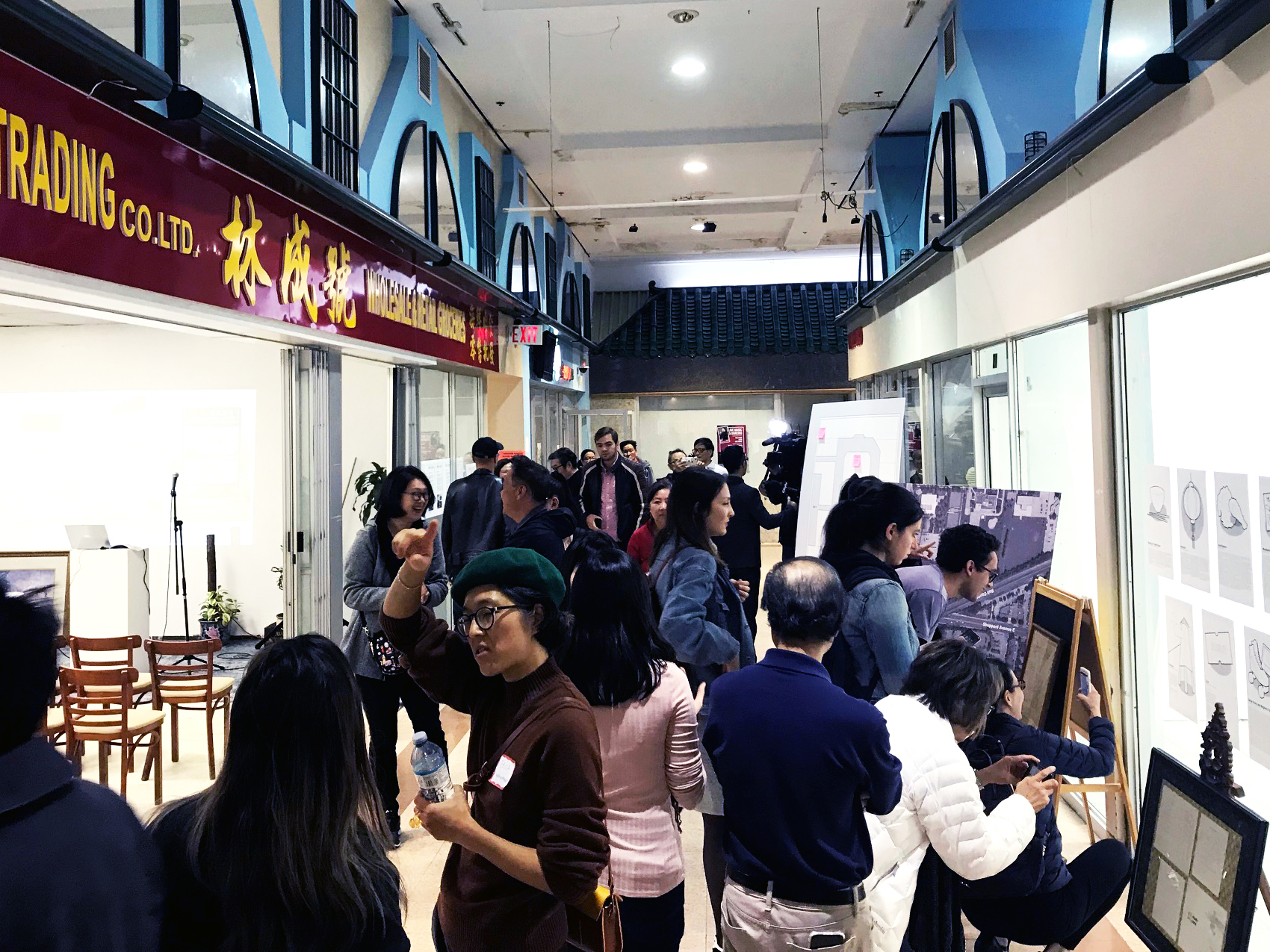
The second is to work with methodologies that de-silo our thinking and our practices. UNESCO’s Historic Urban Landscape (HUL) approach is one such tool. It seeks to recognize a layering and interconnection of values that are present in any city. These include the natural and cultural, tangible and intangible, local and global.
One of the key lessons that we take from both HUL and a case study like Dragon Centre, is that we need to be inspired, not deterred by the complexity of cities. We need to grapple with and facilitate — often uncomfortably — with this complexity, and we need to work collaboratively and expansively to celebrate successful urban conditions and to tackle challenges where they may exist. We also need to work to capture local community stories that contribute to our shared urban narratives before they disappear for good.
This piece was co-authored by Howard Tam of ThinkFresh and Eat More Scarborough
Collaborator Contacts: Erica Allen-Kim, Camille Begin, Morris Lum, Myseum
This post is adapted from a 2021 National Trust Conference presentation as part of conference theme 2: Social and Cultural Reset — Changing the Narrative and Expanding Relevance.
